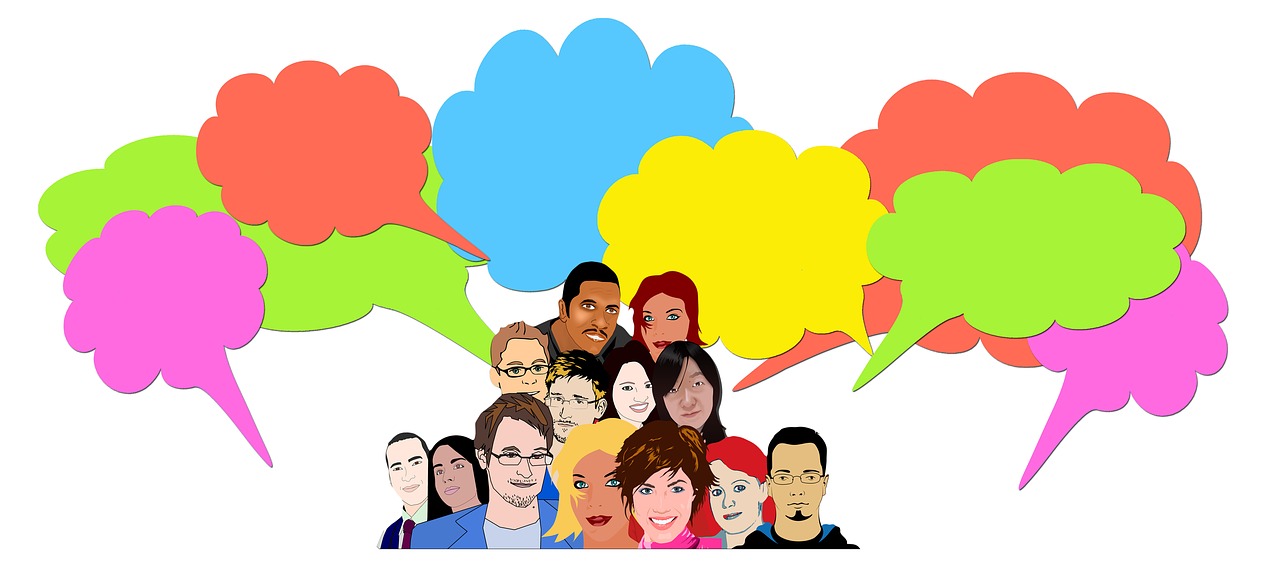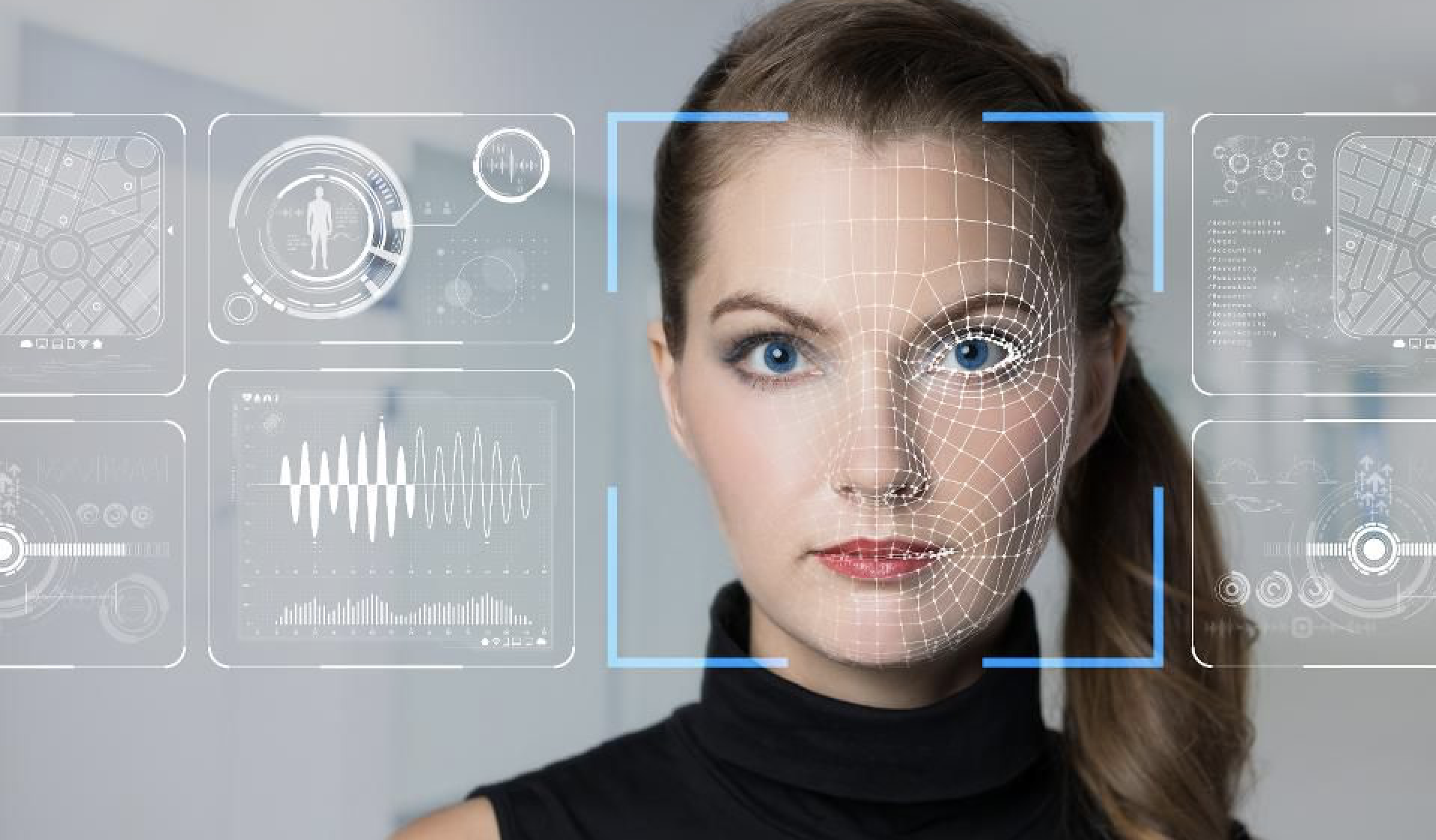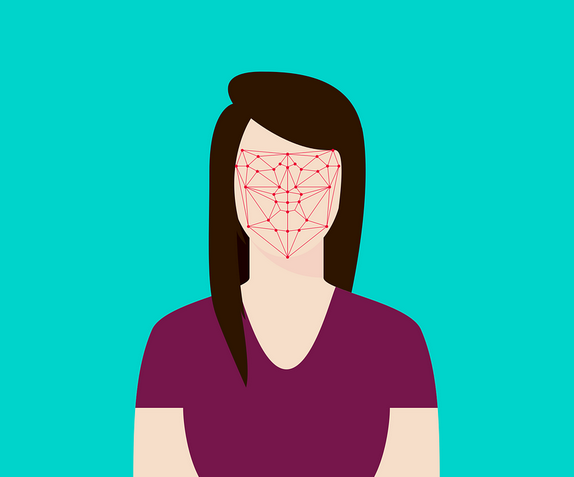
Biometric authentication, unlike traditional passwords or security questions, uses the unique biological characteristics of the individual in order to verify an individual’s identity. Voice recognition (also called speaker recognition or voice authentication) analyzes a person’s voice to verify their identity. Soft-tissue cavities, the shape, and movement of the mouth and jaw, as well as airways, have the potential to influence individual voice patterns to create voiceprint that is unique and identifiable to everyone.
Voice authentication is often confused with speech recognition. While the last is about recognizing what is said rather than who is saying it (let’s think for example about Amazon Alexa), voice authentication relies instead on a person's unique voice biometric, which is the numerical representation of the rhythm, sound intensity, and pattern of an individual’s voice. Because of its uniqueness, a person's voice is extremely difficult to forge. A voice pattern is composed of many qualities such as dialect, frequencies, pitch, speaking style, and magnitudes. Even if two voices sound very similar to the human ear, the analysis of the voices print performed by a computer shows vast differences between the two samples.
Use Cases of Voice Recognition or Authentication
-
Voice authentication’s primary use case is mobile authentication. This is ideal for example for automobile integrated devices, where other forms of biometric authentication (such as mobile phones and facial or fingerprint recognition) are inconvenient.
-
Other speech-recognition devices such as Google Home or Amazon’s Alexa are increasingly used to place orders and perform other functions that typically require some form of authentication.
-
Voice recognition can be used to change TV or radio channels and it can also help personalize the customer experience. Services such as Netflix and Hulu can determine the age of the user through voice analysis, enabling or disabling them to access age-appropriate content.
-
In the healthcare industry, physicians can use voice biometrics to dictate and record patient’s health conditions directly into the system and, later, retrieve a patient’s personal history. Patients who need to share medical records between different doctors can be significantly benefited by this system.
-
Banks can leverage the voice authentication system to enable highly secure and advanced voice-based payments. With fraud on the rise, credit card companies and banks such as Citibank and ANZ use voice biometrics to proactively identify fraudsters and authenticate callers.
-
Another bank-related activity, on the customer’s side this time, is paying bills through voice recognition. This system can speed up the process, and generally more convenient for users since it doesn’t require them to remember credentials or passwords that can be stolen or forgotten
Advantages and Disadvantages of Voice Recognition
Voice recognition has several key advantages over other forms of identity authentication:
-
Since all phones have microphones, voice authentication on mobile is widely accessible
-
It’s cost-effective to integrate into other devices such as automobiles and home appliances as it does not require hardware that is needed in other modalities such as a fingerprint or retinal scan authentication.
-
Convenient and familiar to most users.
-
Contactless, therefore more hygienic and less invasive.
Disadvantages of voice recognition include the following:
-
In some cases, it’s not as accurate as other biometric modalities (e.g., facial recognition).
-
Hard to verify whether a voice sample is from a live speaker and not a recording.
-
At times, background noise can impact the quality of the sample.
-
It’s not ideal for noisy or public spaces environments.
-
While the voice of an individual is unique, secure authentication through voice recognition can be a challenge in some cases – for instance, if the user has a sore throat or cold.
Biometric authentication is changing the way in which individuals can verify their identities on their devices or websites. Since biometric authentication relies on unique aspects of the individual's identity, such as their voiceprint or facial recognition, it creates a more secure login process and overall, helps to enhance the user experience.
READ MORE: "Voice First" AI, How Biometrics Help Designers Design Better, The UX of Scrolling, Rise of AI and ZeroUI









Comments
Add Comment